#scythian
Photo
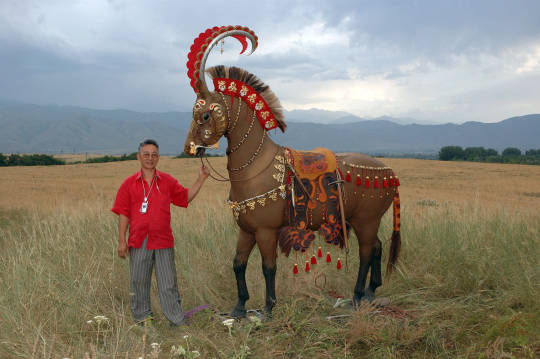
Horse wearing reconstructed 2500-year-old Scythian horse armor unearthed in the Altai Mountains in Siberia
34K notes
·
View notes
Text

Gold torque with horseman terminals, Black Sea Region, Scythian, 4th century BC
from The State Hermitage Museum, St. Petersburg
460 notes
·
View notes
Text
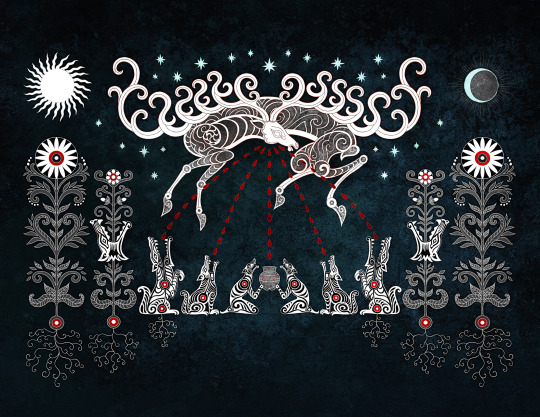
Bloodbound
Alternative version :>
761 notes
·
View notes
Text

commission
#scythian#illustrator#illustration#art#character design#artists on tumblr#scifi#sketch#comic#concept art#my art#alien#fantasy#dragon#lizard#reptile#dnd#ttrpg#rpg#creature design
263 notes
·
View notes
Text
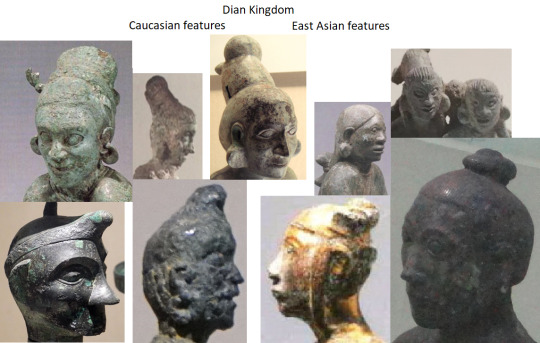

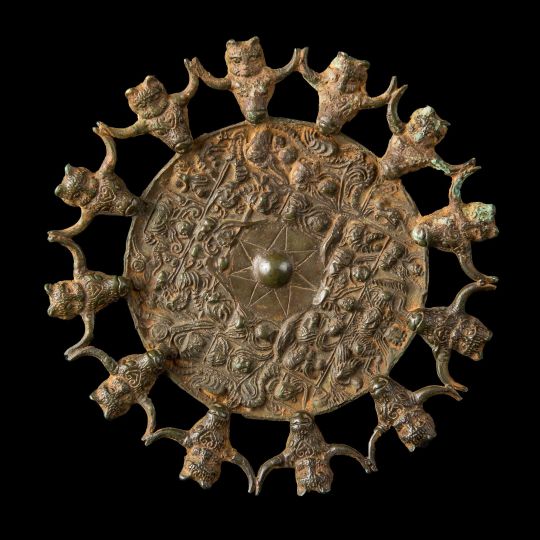
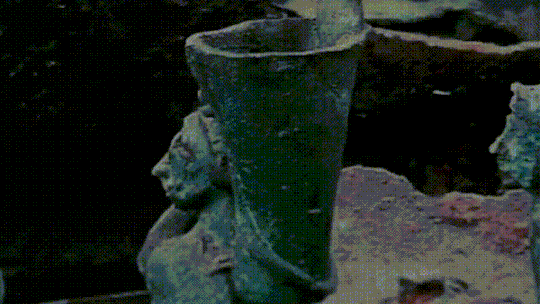

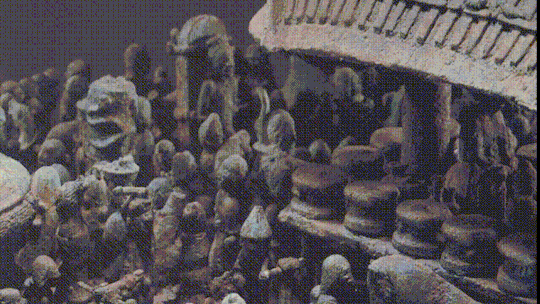

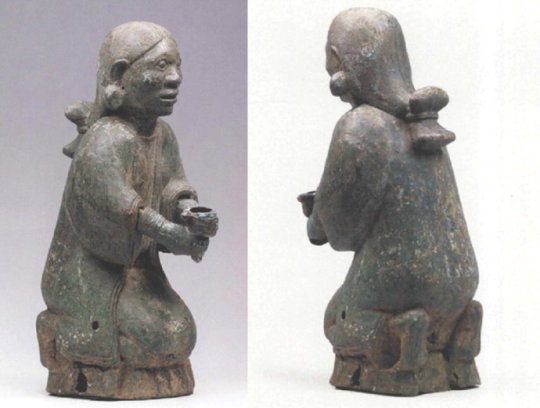

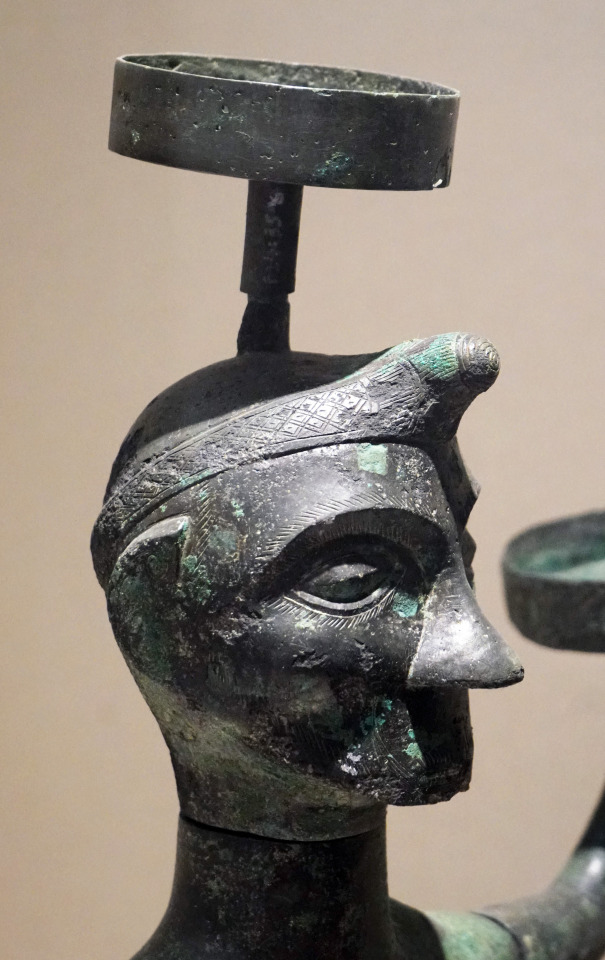

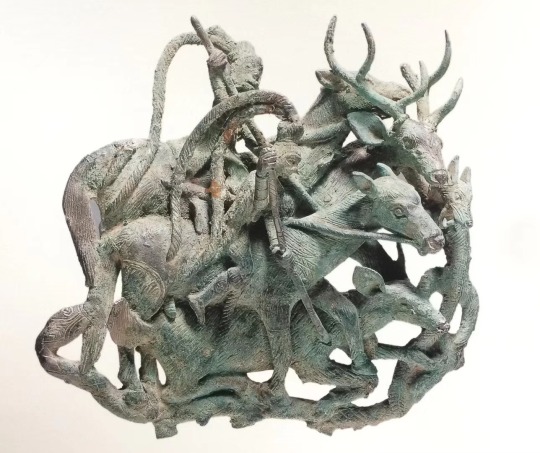





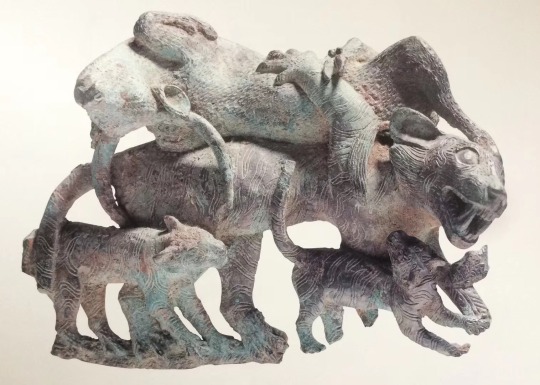

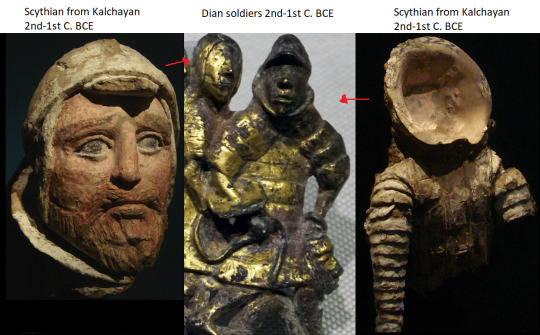
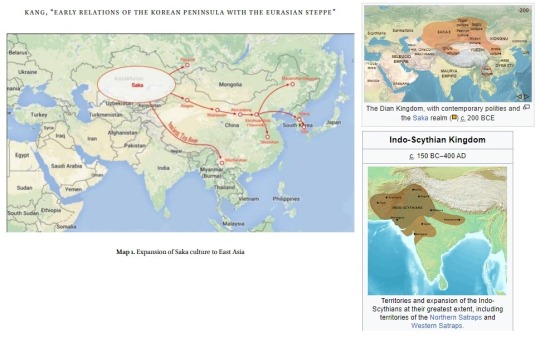


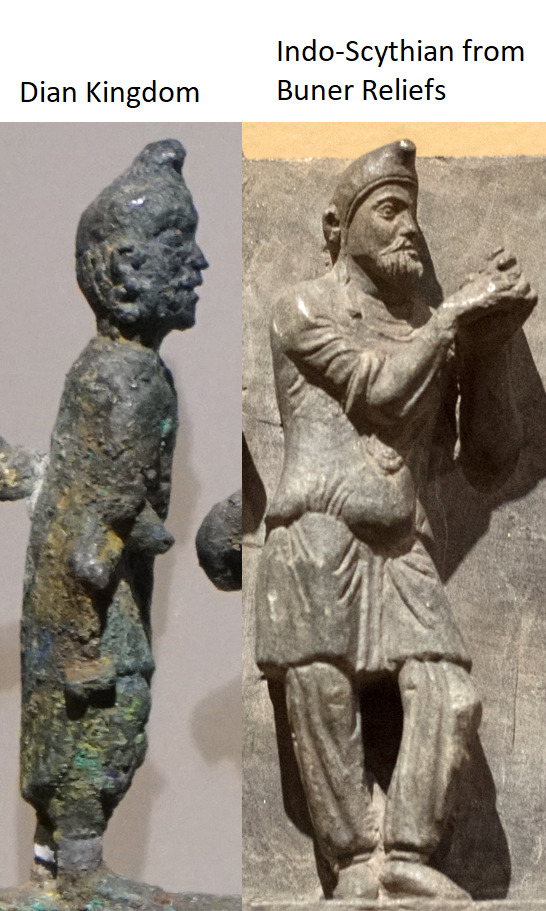


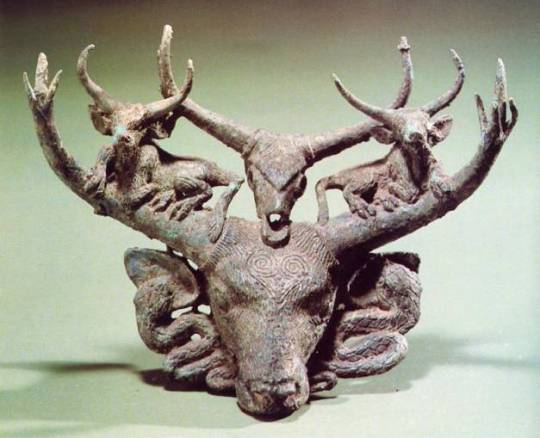
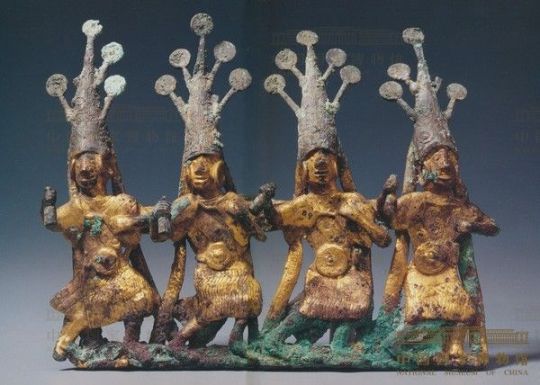

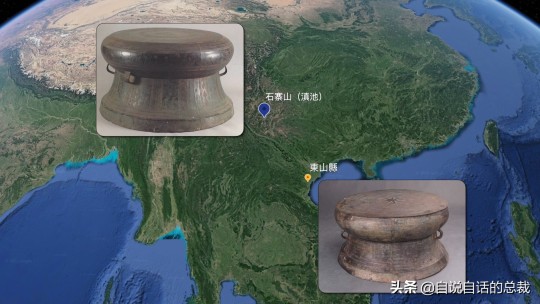
Dian Kingdom 8th-1st C. BCE. Meant to post this one a long time ago but it took me forever to put together. I'm just going to post 30 images here, I got about 100 total on my blog. Link at bottom.
The Dian Kingdom was an advanced civilization in what is modern-day southwest China. It was occupied by the Han Dynasty and incorporated into China after that. From what I've gathered, the people of the Dian Kingdom were probably closely related to the Baiyue people from southern China and northern Vietnam. Wikipedia says they may have spoke a Tibeto-Burman language. I found it interesting that some of these people look Caucasoid though and were wearing clothing similar to Scythians. The image I compared of the Dian man to the Indo-Scythian has a similar facial structure, hat, and even the same type of pants (sorry, I don't have time to tidy up the comparison photos more).
The Dian art theme of the four tigers attacking an ox is found in the same pre-Han period among the Xiongnu at Aluchaideng, and a similar motif appears at Tillya Tepe a couple centuries later. The theme is the same but the style is very different, still it indicates a connection to these places of the world through trade and exposure.
Some of the scenes with soldiers show a variety of different equipment styles and certain subjects have distinct fashion styles (like the people wearing the items that make their ears look huge). I watched a couple documentaries on genetics of the Dian and they were only able to find genetic info for one person, who was identified as similar to the Baiyue people. I'll link those youtube videos in sources below. I assume these people were primarily related to modern day Vietnamese and southern Chinese (or other people nearby) but may have had close interactions with (and even immigrants from) Scythian cultures despite their distance from them, which is interesting.
From the videos: "According to the final count, the amount of bronze ware excavated from Lijia Mountain is almost half the amount of the Shang Dynasty bronze ware excavated in Yinxu, Henan."
youtube
youtube
#ancient history#history#museums#art history#art#sculpture#statue#ancient china#china#vietnam#scythian#artifacts#antiquities#anthropology#archaeology#indo european#Youtube
265 notes
·
View notes
Text
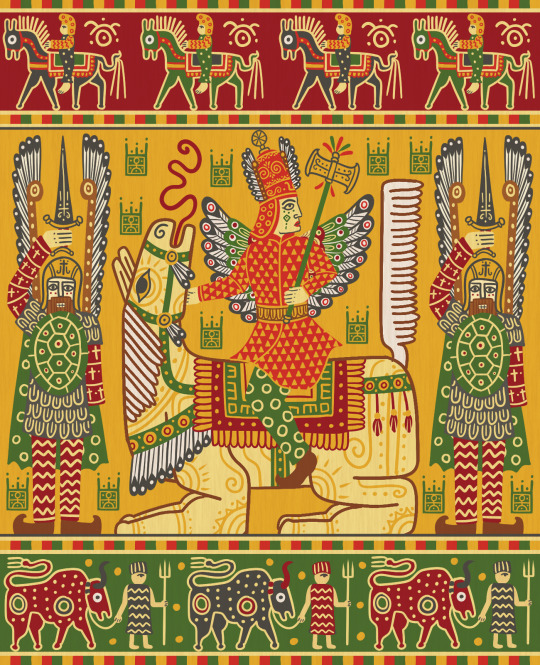
The Feathered Horse Queen, who bridges the gap between the Pure Horse People and the Vendref farmers and townsfolk. A piece inspired by the Pazyryk tapestry for the Runequest Prosopaedia.
#artists on tumblr#digital art#fantasy#illustration#glorantha#fantasy art#runequest#mythologyart#ttrpg art#ttrpg#nomad#scythian#tapestry#book illustration#steppe nomads
192 notes
·
View notes
Text

Scythian Archer on a Greek Vase, 520-500 BCE
Made in: Attica (Greece)
Excavated in Vulci
#art#scythian#scythians#archer#greek#greece#cradle of civilization#southern europe#fine art#european art#classical art#europe#european#classic art#male#oil painting#fine arts#mediterranean#europa#attica#vulci#phrigian cap
234 notes
·
View notes
Text


107 notes
·
View notes
Text

Gold comb uncovered in Eastern Ukraine, Scythian, 5th-4th century BC
697 notes
·
View notes
Text

Horse Wearing Reconstructed 2500-year-old Scythian Horse Armor, Which Was Unearthed In The Altai Mountains In Siberia
54 notes
·
View notes
Text
The triumphant return of Ukraine's treasures ends a battle over ownership of priceless Scythian gold, but it is a bitter-sweet victory as the current war with Russia ‘destroys cultural heritage at a scale not seen since the Second World War’ claims report.
63 notes
·
View notes
Text
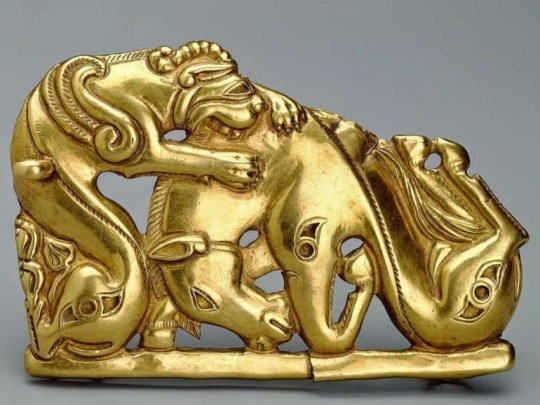
Scythian Culture Gold Gryphon Belt Plaque, Siberia, circa 4th - 3th century B.C. State Hermatige Museum.
Scythian griffins were highly symbolic in Scythian culture. They were often used as a symbol of royalty and were also associated with the sun, as the eagle head represented the soaring sun and the lion body represented the fiery sun.
130 notes
·
View notes
Text

Gold mounted sword, Scythian, 7th century BC
from The State Hermitage Museum, St. Petersburg
328 notes
·
View notes
Photo
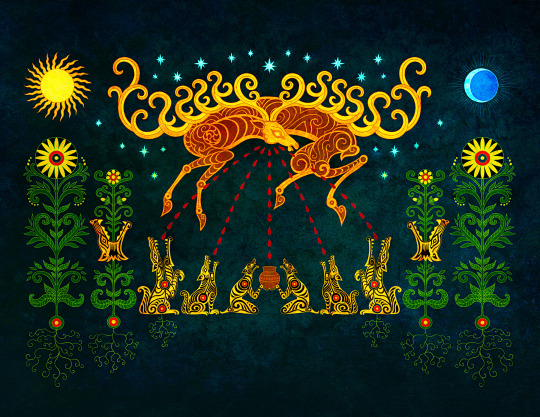
Bloodbound
#Scythian#stag#gold#wolves#wolf#circle of life#connected#interconnected#sun#moon#blood#veins#nature#folk art#artofmaquenda#macabre art
376 notes
·
View notes
Photo

Scythian warrior girls by Mossa
197 notes
·
View notes
Text
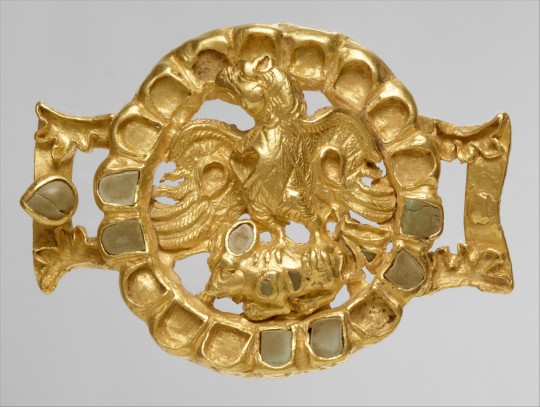
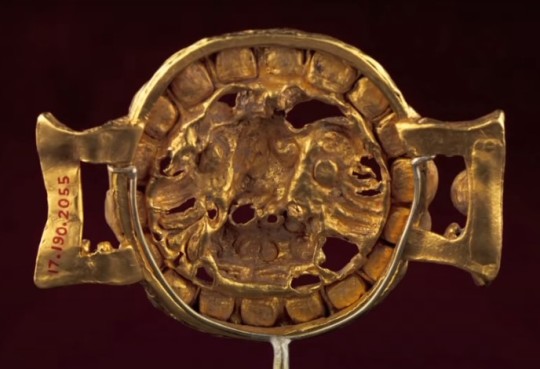
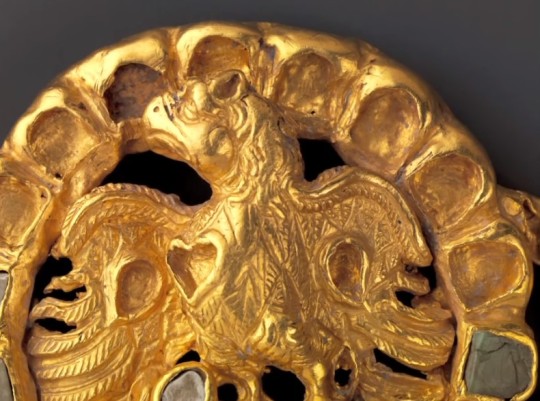
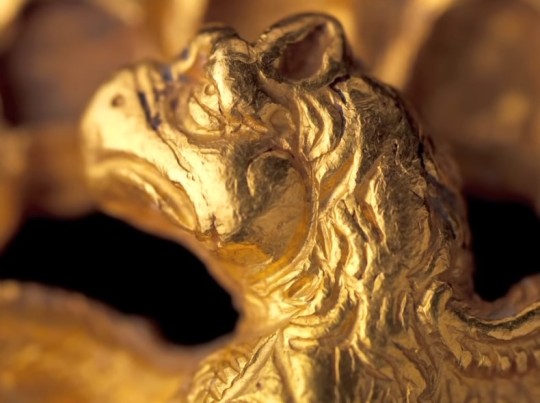
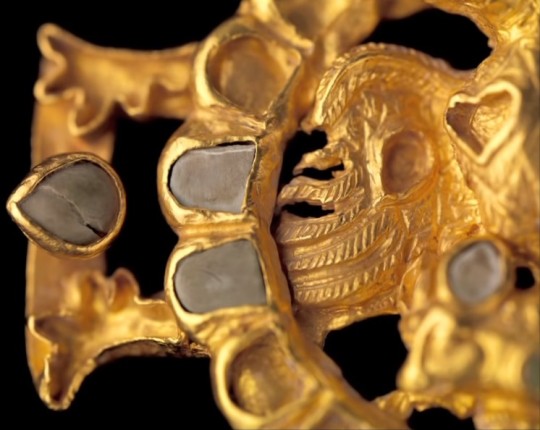

Gold clasp of eagle, possibly belonging to the House of Karen, 1st-2nd C. CE. Found in Nahavand. The House of Karen seems to have been descended from the Parni, who were themselves an offshoot of the Scythians. Ernst Herzfeld wrote that this item probably belonged to their house.
"House of Karen (Middle Persian: Kārēn; Parthian: 𐭊𐭓𐭍𐭉, romanized: Kārēn; Persian: کارن, romanized: Kārin or Kāren), also known as Karen-Pahlav (Kārēn-Pahlaw) was one of the Seven Great Houses of Iran during the rule of Parthian and Sassanian Empires. The seat of the dynasty was at Nahavand, about 65 km south of Ecbatana (present-day Hamadan, Iran). Members of House of Karen were of notable rank in the administrative structure of the Sassanian empire in multiple periods of its four century-long history.
The Karens, Karan-Vands, Qarinvand dynasty or Karen-Pahlevi as they are also called, claimed descent from Karen, a figure of folklore and son of the equally mythical Kaveh the Blacksmith. Their historical origin however may be that the Karens, along with the House of Mihran, were descended from the Arsacids. According to Movses Khorenatsi, this descent was via one of the three sons of Phraates IV, also named Karen. The fact that Karen may also have been among the family names of the Arsacid dynasty may give credence to this theory.
The first verified reference to the Karenas was during the Arsacid era, specifically as one of the feudal houses affiliated with the Parthian court. In this they were similar to the House of Suren, the only other attested feudal house of the Parthian period. Following the conquest of the Parthians, the Karenas allied themselves with the Sassanids, at whose court they were identified as one of the so-called "Parthian clans". The Armenian Kamsarakan family was a branch of the House of Karen."
-taken from Wikipedia
youtube
#scythian#iranian#ancient persia#ancient history#history#art#antiquities#museums#archaeology#heart symbol#Youtube
203 notes
·
View notes